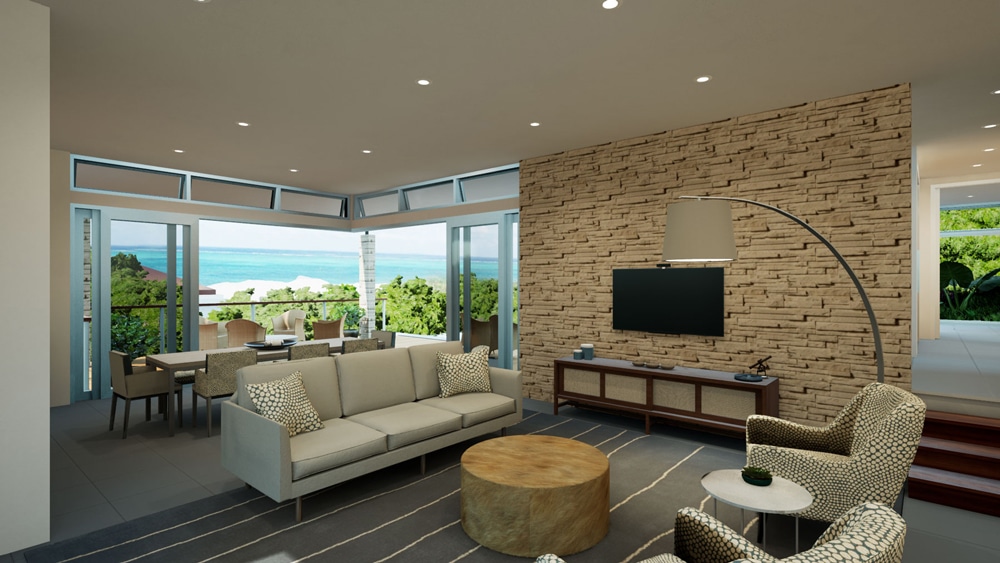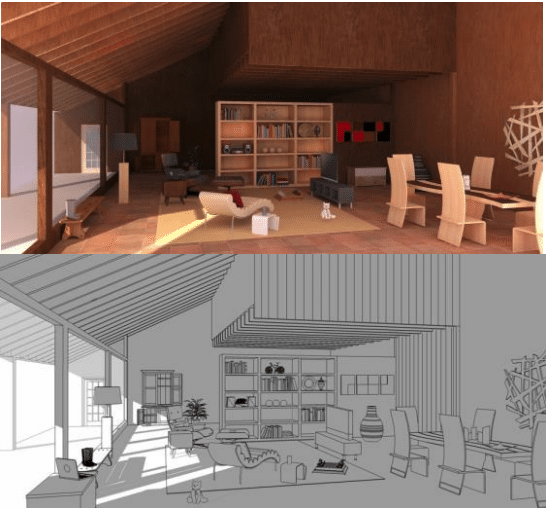
Virtual Reality (VR) Realism Research
A 2x2x2 experiment was developed for the University of Missouri to understand perception/ memory of space based on still, stereo (VR Realism Research), & realistic renderings
VR Realism Research Overview
Brad Martin, from Another Reality Studio, worked with the University of Missouri at Columbia to develop a 2x2x2 experiment to understand an individual’s perception and memory of a space based on still, stereo (VR), and colored/realistic renderings.
Above all, the goal of the experiment was to prove a hypothesis that realism and perception help an individual to remember and understand a space better. For instance, a subject viewed images for recall. The project captured data of memory and dimensions to see which format and style offered the best results.
Key Features
- Three (3) rendered spaces in grayscale, colored, realistic styles in both 2D and stereo formats
- Research and development findings
- Several technology variables were utilized as conditions of the study. For example: stereoscopy, field of view, and Photorealism
- Measures for spatial presence, spatial comprehension and memory
- Measurement was key to the study. For example, data analysis with immersive tendencies of the participants were measured using an 11 item scale
Challenges and Core Considerations
- Create interesting and unique renderings for user understanding and memory
- Stereo/realistic rendering should offer the most visual data to improve memory and understanding of a space, whereas 2D grayscale renderings should offer the least.
VR Realism Study Impact: The ARS Solution
- In conclusion, the hypothesis was proven
- As a result, the paper was submitted and won entrance to a Taiwan Conference

Application Development
- Interactive VR
- API Development
VR (Virtual Reality)
- Dynamic Testing in VR
VR Realism Study Client
- University of Missouri and Columbia
Possible Industries Applications
- Testing
- Sightline Studies
- Space Planning
- Visual Testing
- Analytics
- Research
- Education
- Data Collection
- Virtual Showrooms
- Decorate
- Real Estate Staging
- Real Estate Touring
- Design
